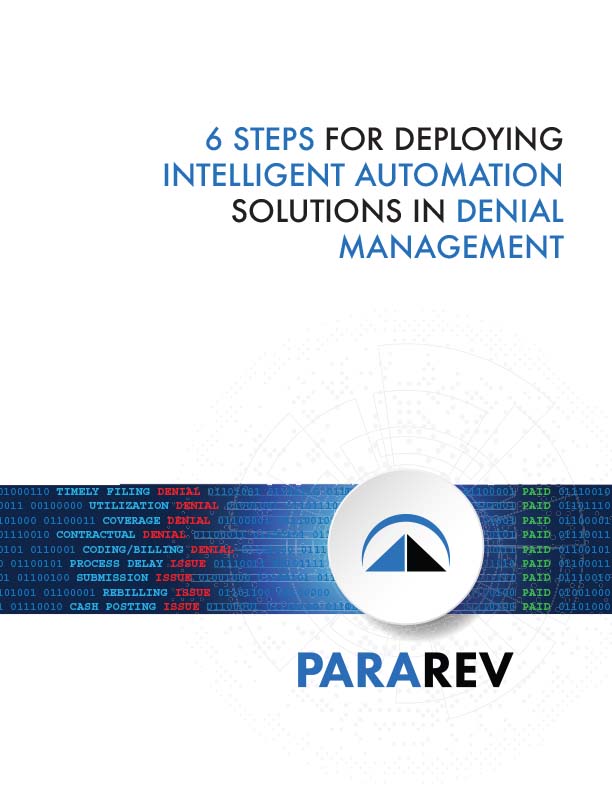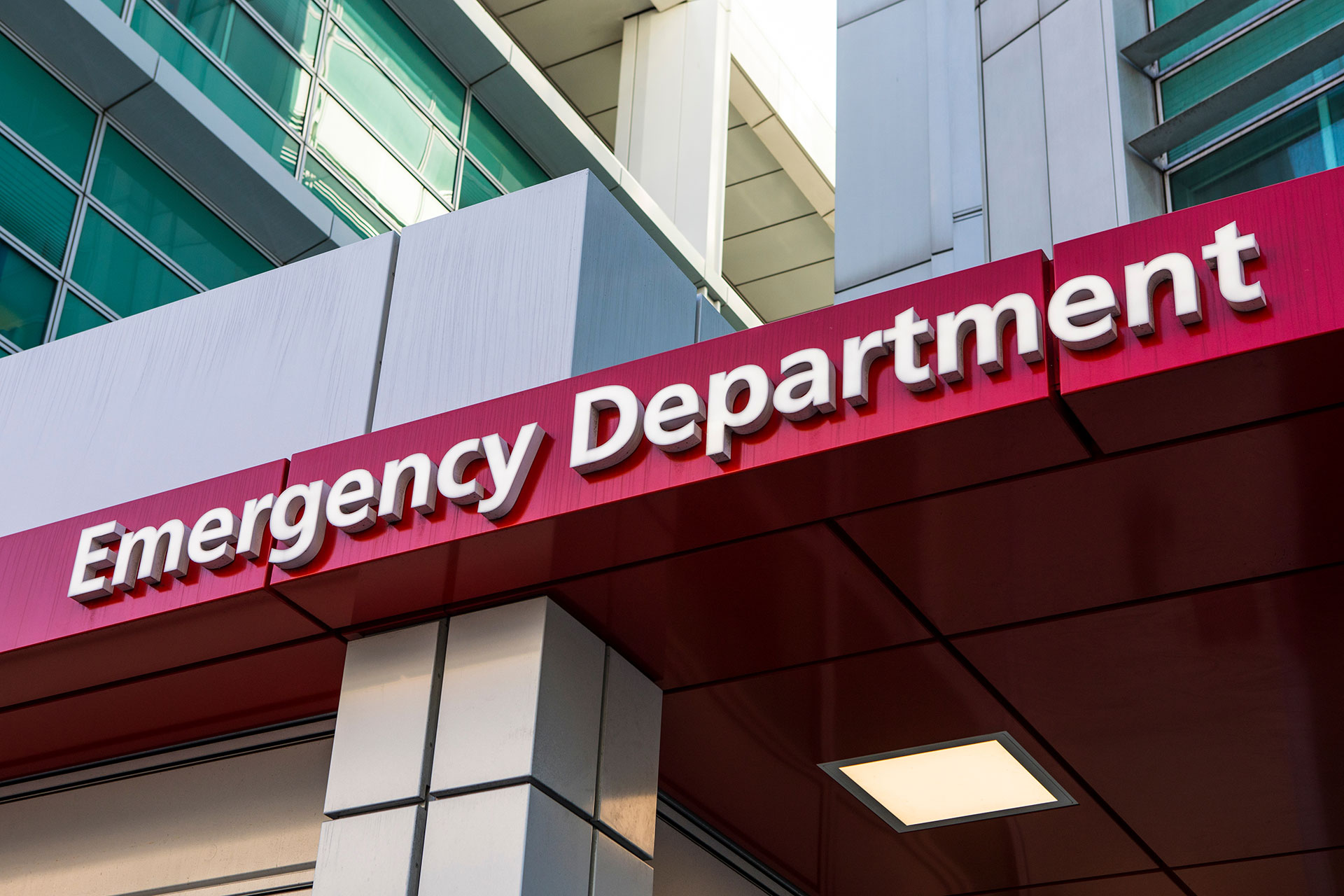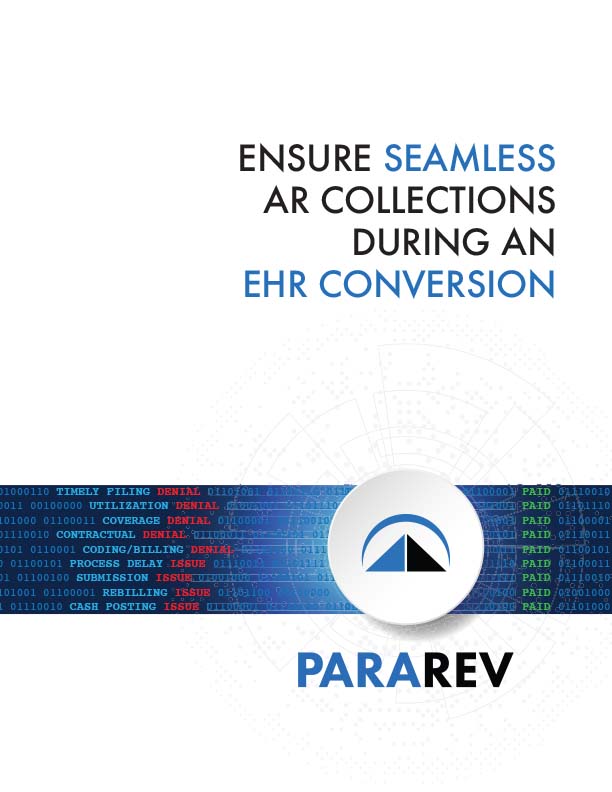Difficult and sometimes treacherous for ships at sea, navigating in the dark can be equally perilous for hospitals struggling to comply with Medicare’s murky two-midnight inpatient admissions rule.
The rule was created by the Centers for Medicare and Medicaid Services (CMS) five years ago as means of assisting hospitals in determining whether patients should be admitted as in-patients or placed in observation as outpatients, if ordered by the physician. CMS’ goals were to reduce unnecessary admissions and help ensure patients received quality care at the appropriate time and place.
But despite the passage of time and multiple rule modifications, confusion continues to surround the regulation for many. This uncertainty has translated into a substantial risk of denials for inpatient admissions CMS does not consider justified. It also can lead to lost revenue on legitimate inpatient admissions down-coded as observational.
To minimize two-midnight denials and optimize collections, hospitals must ensure that both clinicians and utilization management staff have a concise understanding of how the rule works. As part of this effort, they need to be sure all relevant medical necessity documentation is provided to support the clinician’s inpatient determination.
Replaced severity and intensity of service
Developed as part of the 2014 Inpatient Prospective Payment System Final Rule, the two-midnight rule states that a hospital admission is generally considered reasonable and necessary if the physician or qualified practitioner orders the admission based on the expectation that the patient will require medically necessary hospital care that spans at least two midnights.
Patients that aren’t expected to require a stay extending through two or more midnights are classified as outpatients receiving observation services (OBS) and the hospital is reimbursed at outpatient rates. If, however, care for patients in OBS status extends toward a second midnight, they may be formally admitted as inpatients. The rule replaced previous inpatient guidelines that were based on severity of illness and intensity of service.
Since the rule was implemented, some hospitals have continued to rely primarily on severity and service intensity as the key factors in deciding whether or not to admit. Others erroneously have assumed that the shift to a time-based admission calculus means that documenting medical necessity is no longer necessary.
Knee replacement confusion
Although uncertainty surrounds the interpretation of the two-midnight rule across a range of procedures and morbidities, CMS policies regarding total knee arthroplasty (TKA) have resulted in confusion. Effective Jan. 1, 2018, CMS removed TKA from the Impatient Only List (IPO) and assigned the procedure an Ambulatory Payment Classification. But even though removal from the IPO means the procedure is paid as an outpatient service, it still must be performed in a hospital.[1]
At the same time, CMS has noted that shifting to the IPO “does not require the procedure to be performed only on an outpatient basis.” Yet the agency provided no guidance on how hospitals should determine which cases can be performed inpatient.[2]
A good first step in resolving this dilemma is to review the historical length of stay for TKA patients to determine if the two-midnight rule is met. Even with this information, however, the rules can be tricky: According to published reports, if physicians routinely have kept patients over two midnights in the past, that doesn’t mean they automatically are meeting medical necessity requirements for inpatient level of care now.[3]
Adding to the uncertainty, CMS will allow cases with less than two midnights to be paid at inpatient rates if the admitting physician indicates a need for inpatient hospital care in the documentation.[4]
To ease the confusion, experts recommend that orthopedic surgeons and health system utilization management staff create detailed protocols for designating inpatient and outpatient procedures immediately after the fact. These rules should consider pre-operative history and comorbidities, signs and symptoms severity, anesthesia risks, as well as unanticipated surgical events and any post-procedure complications.[5]
Proposed changes in the 2020 OPPS Proposed Rule
CMS has proposed the removal of total hip arthroplasty, CPT code 27130, from the IPO list and has requested public comment by September 27 on the potential removal of the following procedures from the IPO list:
Table 23: IPO List of CPT Codes to be Potentially Removed from the IPO List [6]
| CPT Code | Long Descriptor |
|---|---|
| 22633 | Arthrodesis, combined posterior or posterolateral technique with posterior interbody technique including laminectomy and/or discectomy sufficient to prepare interspace (other than for decompression), single interspace and segment; lumbar; |
| 22634 | Arthrodesis, combined posterior or posterolateral technique with posterior interbody technique including laminectomy and/or discectomy sufficient to prepare interspace (other than for decompression), single interspace and segment; lumbar; each additional interspace and segment |
| 22635 | Laminectomy for excision or evacuation of intraspinal lesion other than neoplasm, extradural; cervical |
| 22636 | Laminectomy for excision or evacuation of intraspinal lesion other than neoplasm, extradural; thoracic |
| 22637 | Laminectomy for excision or evacuation of intraspinal lesion other than neoplasm, extradural; lumbar |
| 22638 | Laminectomy for excision or evacuation of intraspinal lesion other than neoplasm, extradural; sacral |
CMS is also “proposing to establish a 1-year exemption from Beneficiary and Family-Centered Care Quality Improvement Organizations (BFCC-QIOs) referrals to Recovery Audit Contractors (RACs) and RAC reviews for “patient status” (that is, site-of-service) for procedures that are removed from the inpatient only (IPO) list under the OPPS beginning on January 1, 2020.”[7]
Utilization management must take the lead
Regardless of the illness or procedure, it’s essential that clinicians provide detailed documentation surrounding the initial assumption that the patient will likely require a minimum of 24-to-48 hours of care, depending on the time of admission.
Utilization management should take the lead in ensuring that clinicians are aware of their responsibilities with respect to appropriate documentation. They should also make it a priority to keep up with the latest interpretations of the two-midnight rule, and immediately convey this guidance to clinical staff. Additionally, all admissions should be reviewed during or after discharge to confirm that inpatient admission was justified, based on documented risks, complications, need for therapy or need for inpatient skilled nursing care.[8]
When inpatient admission cannot be justified, hospitals can attempt to change the claim to outpatient status by following the condition code 44 process. Or they can simply self-deny and rebill as an outpatient service. In these cases, the patient and physician must be notified.[9]
Your AR specialists
ParaRev specializes in accounts receivable recovery and resolution and serves as a virtual extension of your hospital central billing office to help you quickly resolve and collect more of your insurance accounts receivable.
We utilize proprietary intelligent automation and staff specialization to efficiently process all claims regardless of size or age. In addition to our resolution capabilities, ParaRev also can provide denial management assistance by conducting root cause analysis and recommend process improvements to help decrease aged and denied claims going forward.
Contact ParaRev today to learn more about how we can help you with your hospital’s accounts receivable management.
- Debbie Sconce, “Total knee arthroplasty – No longer inpatient only,” Becker’s Hospital Review, April 17, 2018.
- Ibid.
- Ibid.
- Ibid.
- Ibid.
- “Medicare Program: Proposed Changes to Hospital Outpatient Prospective Payment and Ambulatory Surgical Center Payment Systems and Quality Reporting Programs,” ederal Register 84 FR 39398. Aug. 9, 2019.
- Ibid
- Ronald Hirsch, MD, “Two-midnight Rule Remains Confusing; Total Knee Replacements Frustrating to Many,” RACmonitor, May 16, 2018.
- Ibid.

Want to avoid 90% of your hospital denials? Learn 7 strategies to improve your AR.
Related Posts
None found










